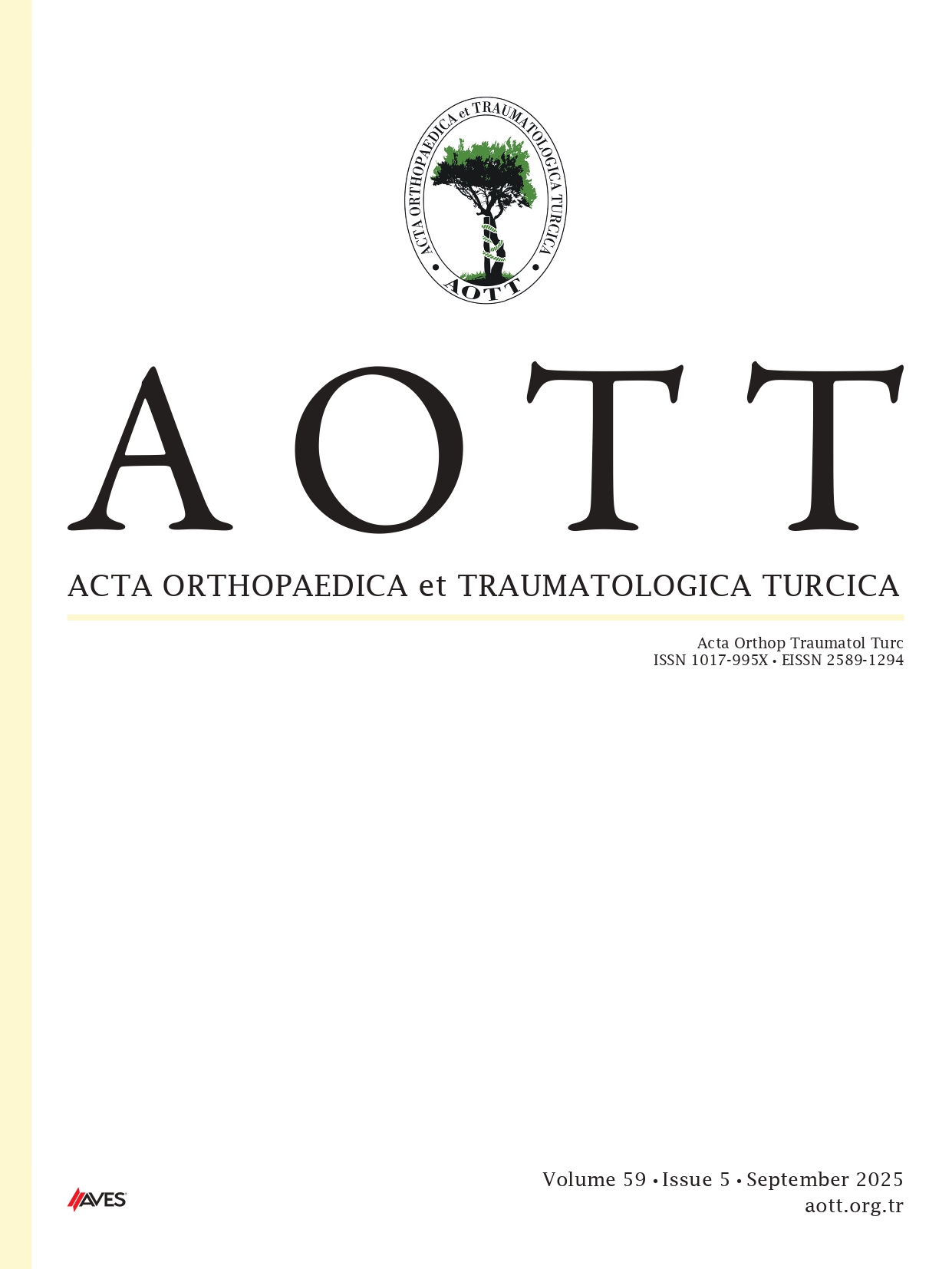Objective: A pelvic X-ray examination might not be accomplished accurately if the images are not acquired properly. In this study, the aim was to develop an automated model using artificial intelligence capable of accurately quantifying the symmetry of the obturator foramen in a pelvic anteroposterior X-ray and determining its suitability for evaluation.
Methods: After applying the exclusion criteria, the study included 513 pelvic X-rays. An automated model was developed in the second stage to identify the iliac wings and obturator foramen. After that, calculations were performed to evaluate the obturator foramen’s symmetry using the Dice, Jaccard, and Cosine similarity indices. Finally, the symmetry values determined by the physician and the suggested system were compared statistically.
Results: The symmetry values found using the suggested model varied from 0.58 to 0.89. There was no statistically significant difference in the symmetry values of the obturator foramen as determined by the automated approach and the observer physician, as indicated by 3 distinct similarity indices (P=.68, P=.6, and P=.96).
Conclusion: The artificial intelligence model successfully evaluated the appropriateness of the pelvic X-ray in terms of obturator foramen symmetry.
Level of Evidence: Level III, Diagnostic Study.
Cite this article as: Yilmaz A, Selcuk T, Aksoy T, Atilla B. A quantitative analysis of symmetry on standard anteroposterior pelvic X-ray. Acta Orthop Traumatol Turc., 2025;59(2):122-128.



.png)
.png)
